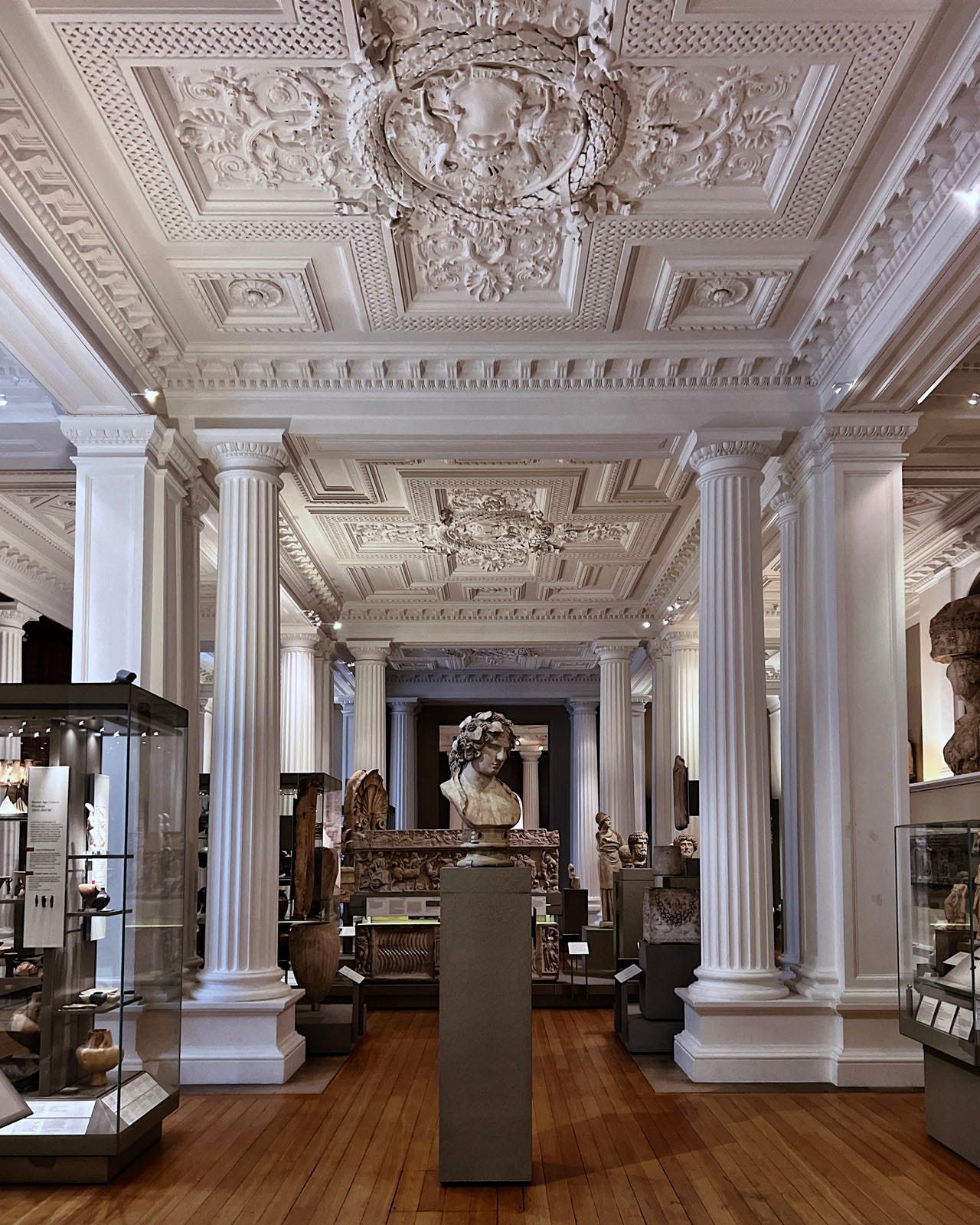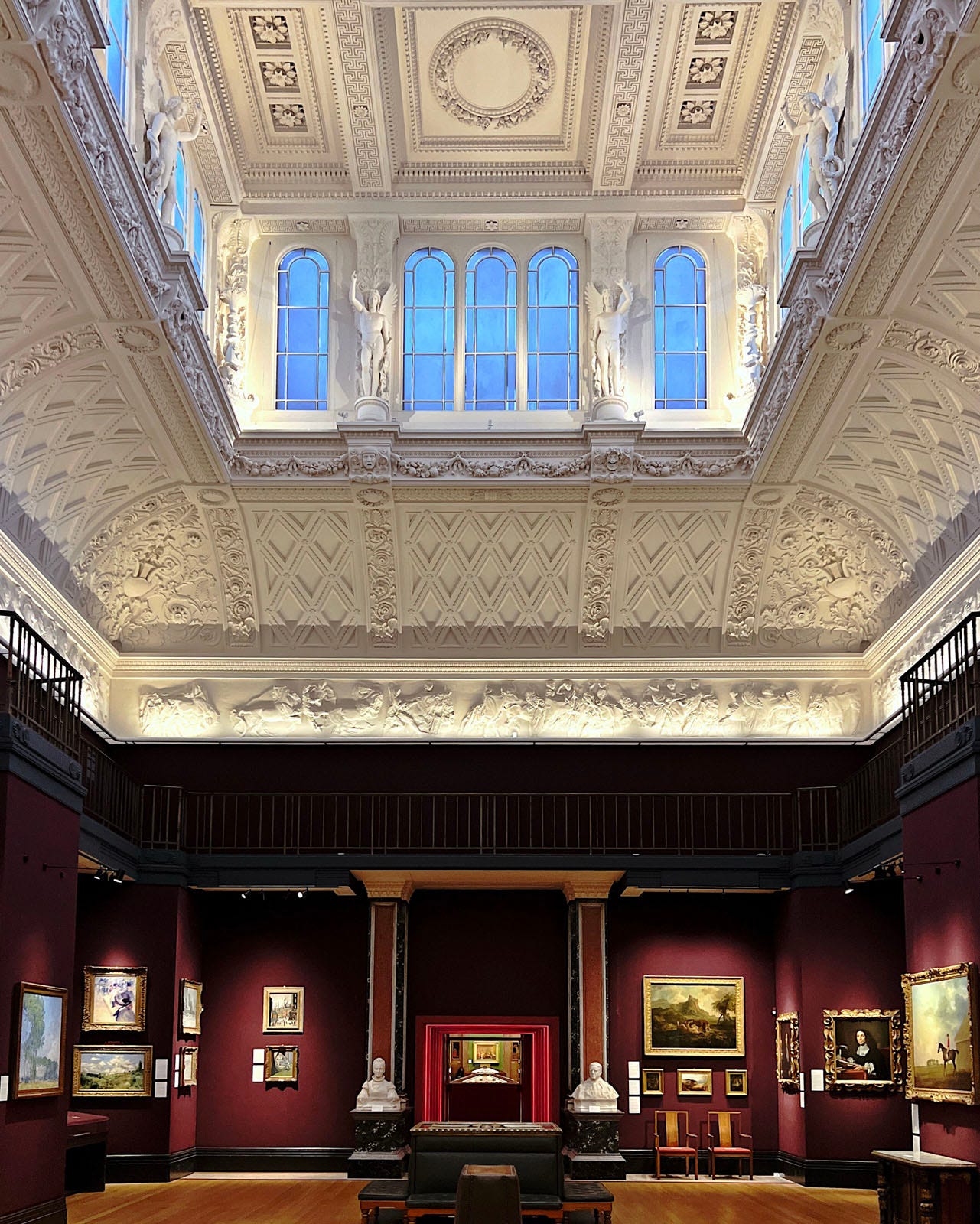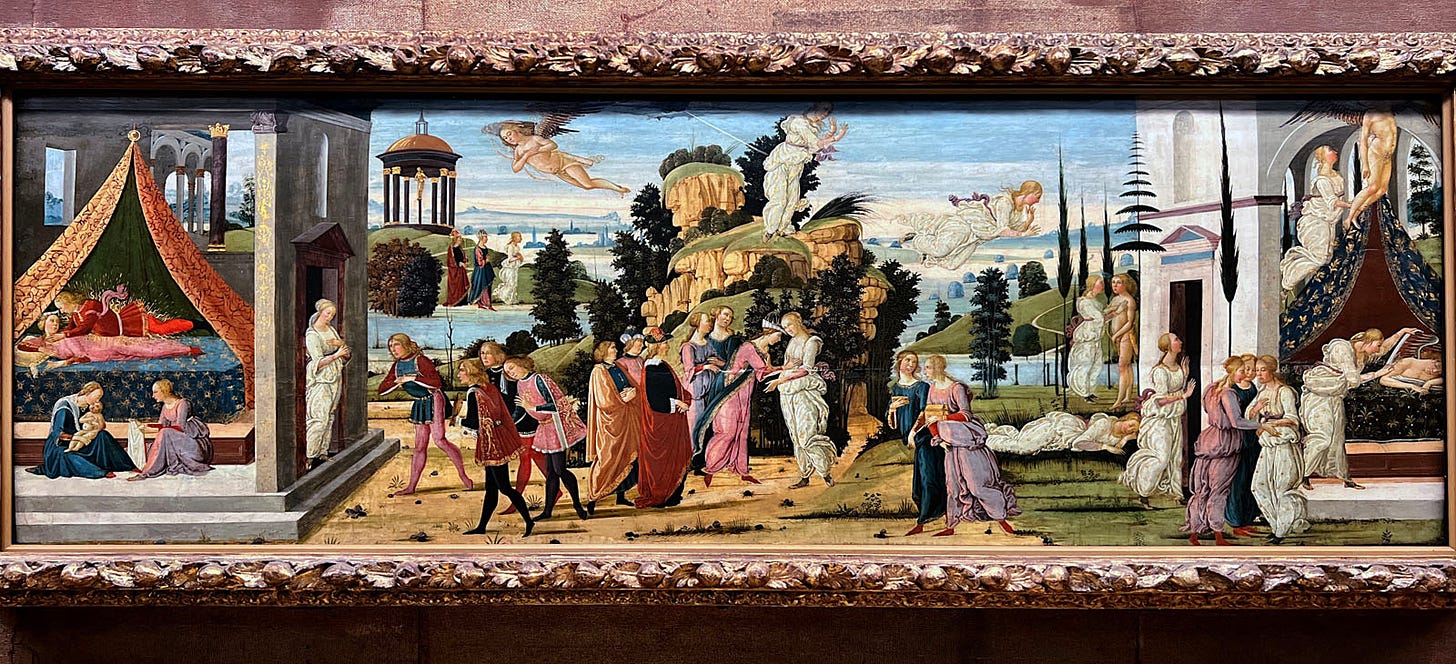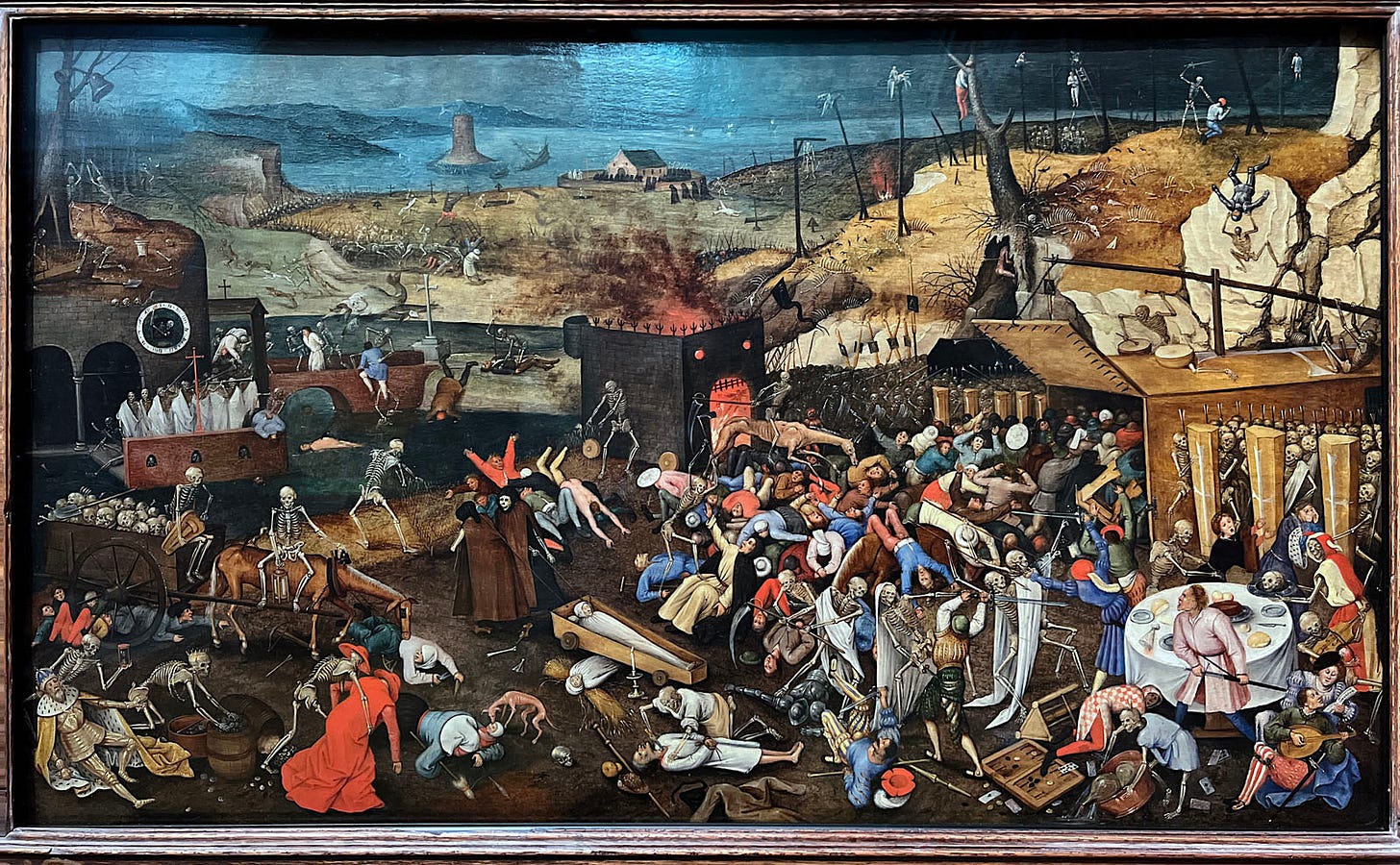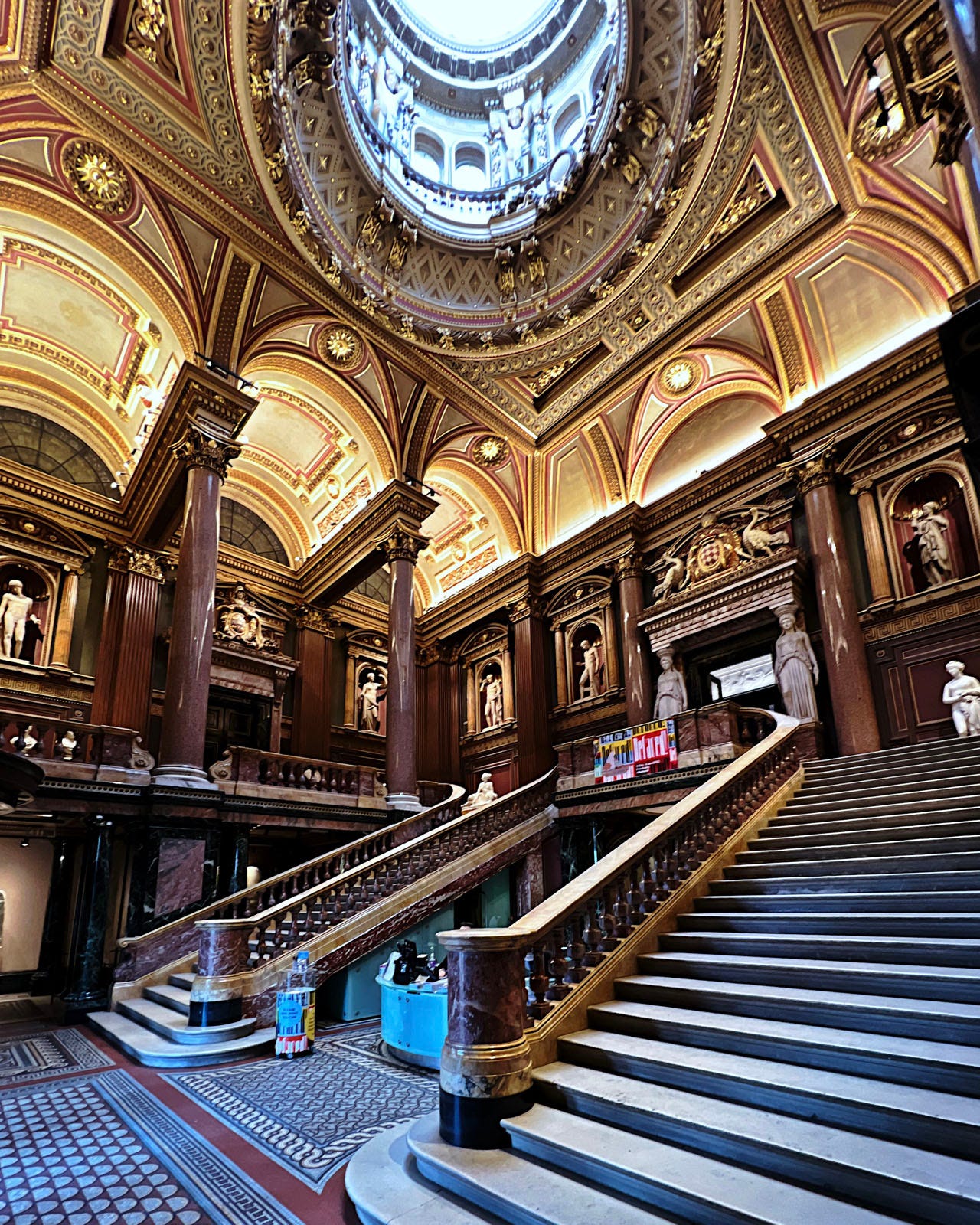(3 min read) In this first post of a new “bite-sized” weekly series, I provide an overview of Cambridge’s Fitzwilliam Museum.
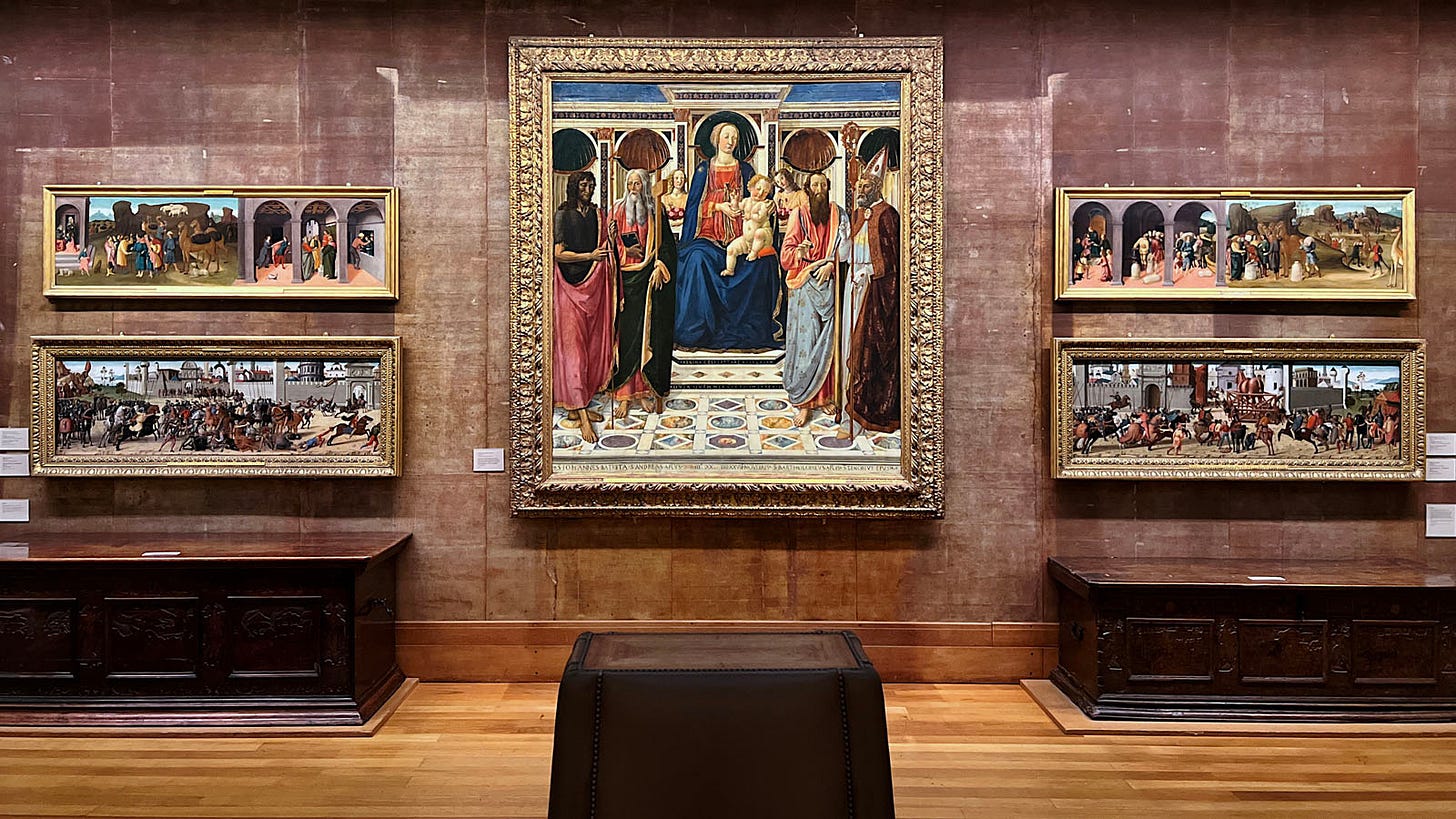
This is the first post in a new series, “Museum Monday.” These will be short overviews of museums from around the world, taking just a few minutes to read and with up to a dozen photos of galleries and art and/or artifacts. My choice of museums will usually relate to a recent or upcoming post.
Since my previous post — King’s College Chapel, Cambridge — mentioned the Fitzwilliam Museum as a site worth visiting in Cambridge, it seemed like a good first entry in the series.
Overview
While Cambridge is world-famous for its colleges, it’s less known for its museums. The Fitzwilliam is the city’s flagship “art and antiquities” museum, and while it’s no Ashmolean (Oxford’s art and antiquities museum), it’s still a worthwhile stop.
The Fitzwilliam Museum was founded in 1816 under the will of Richard, 7th Viscount Fitzwilliam (1745-1816), an Enlightenment aristocrat whose passion for art created the base of the museum’s collection. Today, the museum houses a wide range of works — from antiquities of Egypt, Greece and Rome to Asian ceramics and modern art.
It’s a well-rounded museum that has something for art lovers of virtually any period or region, but the European paintings collection is especially strong, and where I found myself spending most of my visit.
Two paintings of particular note are shown in figures 7 and 8. Figure 7 shows an exceptional executed and detailed “Triumph of Death” (c1626) by Pieter Brueghel the Younger. While his father’s painting with this theme (in the Prado) is better known, this is also a great piece worth close examination.
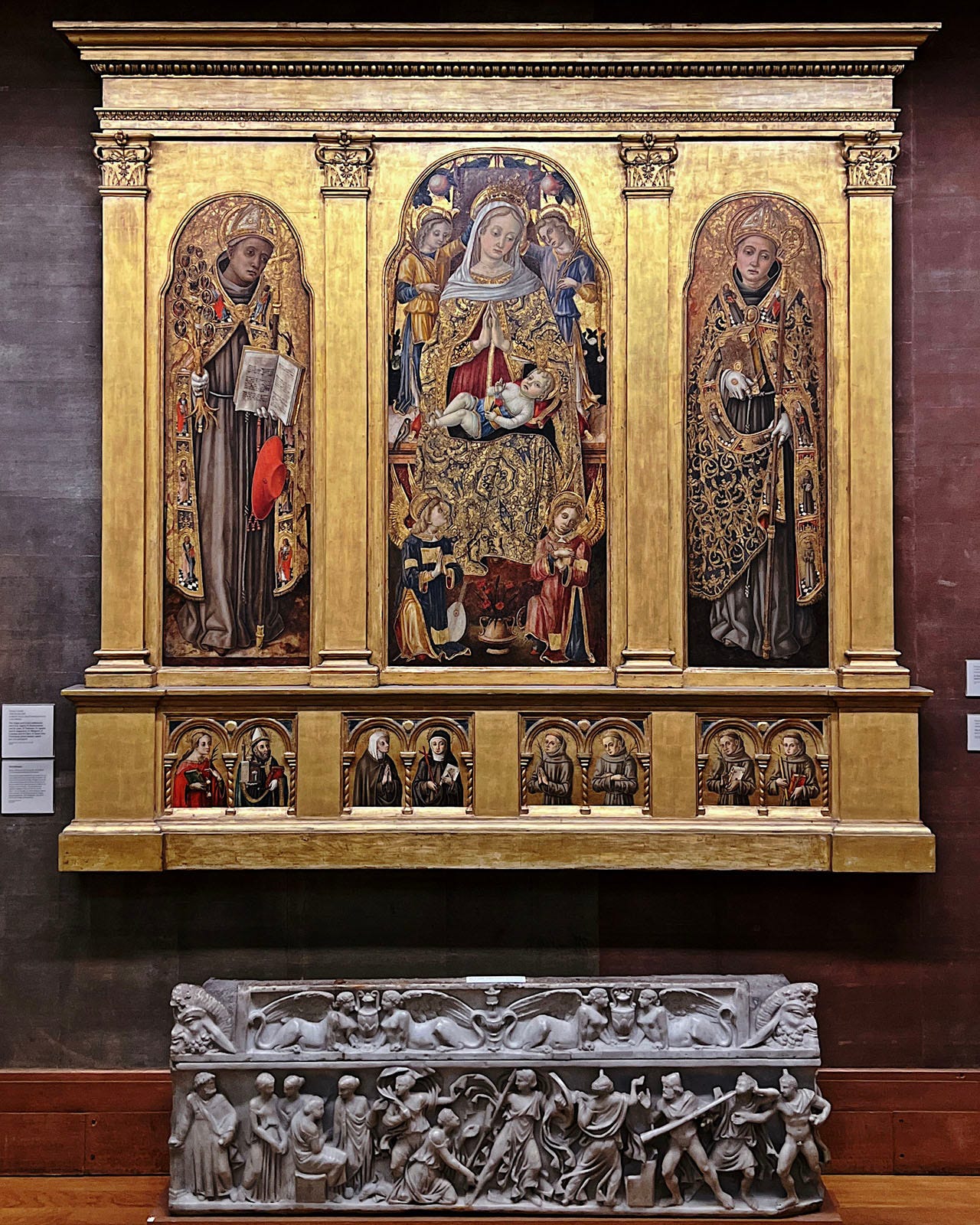
I’m a big fan of Carlo Crivelli, and upon seeing the Virgin & Child triptych in figure 8 from across the gallery, I first assumed it was one of his. Closer inspection and the label, however, proved it to be by Carlo’s younger brother Vittore. While it doesn’t have quite the wonderful weirdness that makes Carlo’s work so captivating, I still find this piece compelling.
Don’t Miss
It might be easy to overlook as you wander the galleries, but I was struck by the “St. Christopher Meeting the Devil” (c1515) shown in figure 9. By an unknown artist from the Danube School, it shows a scene from the legend of St Christopher that is rarely depicted in art: his encounter with the Devil. In addition to its unusual subject, the painting is a fantastic example of the Danube School’s style, with its dramatic figures, manneristic composition and vivid, almost eerie colors.
Practical Details
Where: Cambridge, UK
My Visit: 24 November 2022
Best For: Art lovers of most any stripe, but especially those into antiquities or European painting.
Pro Tip: If you only have time for one museum in Cambridge, it’s the best choice, with a well-rounded collection — but if you’re comparing it to the Ashmolean in Oxford, set your expectations accordingly.






